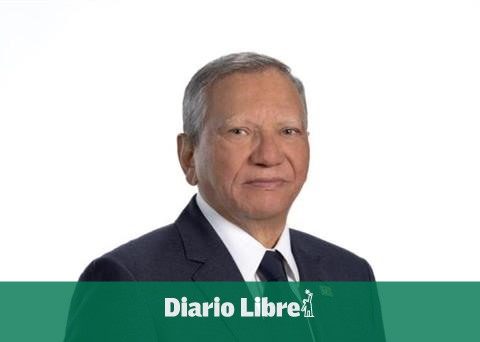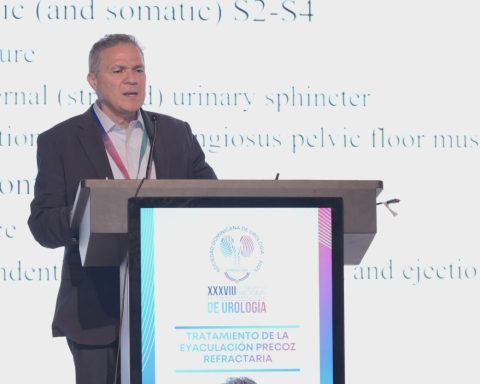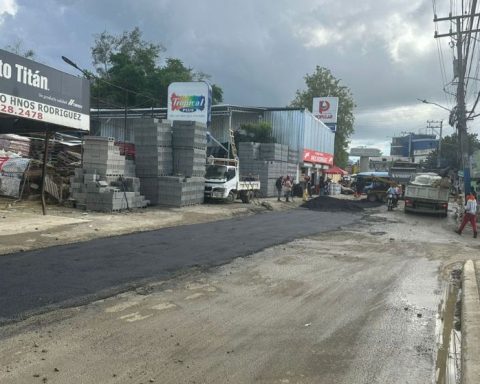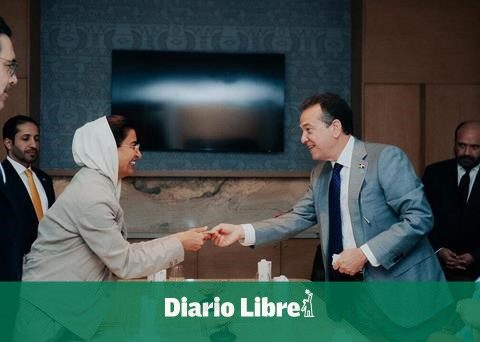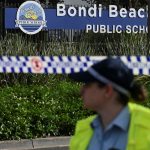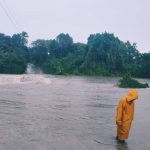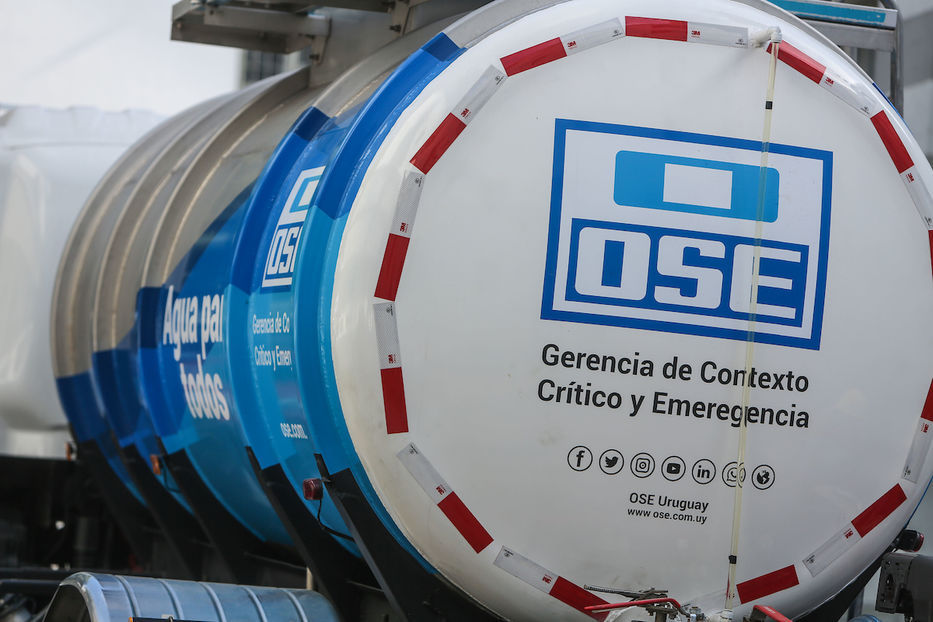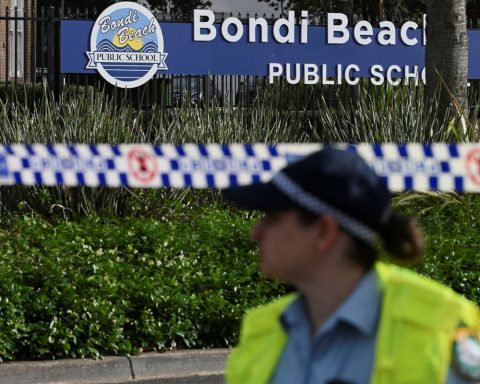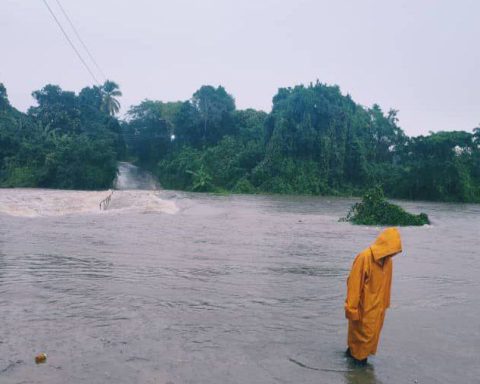By Carlos Julio Feliz
The port of Cabo Rojo, a place for exporting bauxite, a mineral that was the main source of employment in Pedernales, for more than four decades, has been converted into a luxurious and modern reception and entertainment center for cruisers that has marked the takeoff tourism of this beautiful province in the southern Dominican Republic.
The Alcoa Exploration Company, subsidiary of the American mining company Aluminum Company of America (ALCOA), had taken more than 20 thousand bauxite samples, between 1949 and 1950, in the Sierra del Bahoruco, five years after having signed the contract with the Dominican State, on December 11. April 1945.
The first samples were exported on the Canano Panama ship, without the port existing, to be processed in the United States.
North American and Creole engineers, technicians and workers worked in the construction of the then mega project at the beginning of the 1950s.
In 1955 the port for bauxite export was already taking shape. 13 thousand tons were exported on the ship Dispatcher, with Panamanian registration, which set sail from the Cabo Rojo dock, without the inauguration of the work having taken place, destined for Texas, United States.
On December 9, 1957, a modern runway was inaugurated, from the port to the heights of Aceitillar (1,500 meters above sea level), crossing beautiful pine forests, for the exploitation of the raw material of aluminum, the industry’s product par excellence. metallurgy of the time.
On February 6, 1959, the modern port of Cabo Rojo was inaugurated. That day the Dominican and United States flags were raised in the port facilities. Great emotion was experienced after the powerful belt drove the first ton of bauxite from the dock to the ship that had arrived two days before the ceremony attended by national and foreign authorities. It was quite an event.
In 1965, the company already reached the bauxite export figure of 945,755 tons. By the 1970s, Alcoa continued to boost the economy of Pedernales. It employed about 400 workers with salaries that placed the province in one of the most economically secure in the country.
Mechanical workshops, offices, a large cafeteria, ice cream parlor, carpentry area and a hotel building for middle executives, known as the Junior, were built. On the reefs of the cape, a luxurious hotel was built, also on two levels, known as the Senior Staff House, where a tennis court and a swimming pool were built. Near the place, on the rocks, an open-air cinema was built in a place with a beautiful view of the sea.
In front of the port, an airport was built, still in operation, in principle with flights to and from Punta Caucedo by the airline Aerovía Quisqueyana. Then, there were three weekly flights to the Herrera aerodrome, in Santo Domingo, through Alas del Caribe.
Cabo Rojo was a place of great labor movement. When the ships arrived at the port, Alcoa employed extra, mobile workers to work in the tunnels of the modern dock, known as belts.
In 1973 it was exported one million 145 thousand 493 tons bauxite metrics. The growth of the international arms industry and the use of aluminum for the construction of spaceships caused greater booms for Alcoa Dominican Republic, in Pedernales.
Alcoa’s departure
Bauxite producing countries offered better prices, at a time when the decline of Alcoa in Pedernales was taking place, at the beginning of the 1980s. The aluminum industry was affected by production costs and plastic was beginning to displace the use of aluminum.
In 1983 Alcoa suspended bauxite mining and on April 7, 1984 it renounced the mineral concession. The government declared the deposits as fiscal reserve.


The mining company began negotiations with other companies linked to the consortium and thus began operations, in Cabo Rojo, of Ideal Basic Industries, which used Ideal Dominicana as operator. The export of limestone began on a large scale through the port of Cabo Rojo.
On January 18, 1991, the government banned bauxite mining in Las Mercedes and Aceitillar and Pedernales went through an unprecedented economic and social crisis. Thus the population began to depend on informal trade with Haiti, fishing and limited agriculture.
Later, the Dovenco company exported bauxite. Also, ships from China arrived at the port of Cabo Rojo to load hundreds of thousands of metric tons, in search of rare earth elements. The last exports occurred at the end of the last decade. The port was left with a reddish color that had been produced by the bauxite that was extracted from the Sierra del Bahoruco for half a century.
Cementos Andino Dominicanos, with Colombian capital, and who had acquired the facilities of Ideal Dominicana, carried out operations in Cabo Rojo. Finally, the concession was acquired by the renowned Dominican businessman, of Spanish origin, José Luis Corripio (Pepín).
After twenty years of discussions over land disputes in the province that hindered the tourist development of Pedernales. President Luis Abinader decided to start it through the port of Cabo Rojo.
From mining port to tourist port

Thursday, May 26, 2022 is a historic date. That day, the president led the opening ceremony, together with the minister of the presidency Lisandro Macarrulla; the Minister of Tourism, David Collado; the director of the Dominican Port Authority, Jean Luís Rodríguez, and the general manager of the ITM Group, Mauricio Hamuai.
The reconversion of a mining port to a tourist port was announced, according to the Development plan presented by Sigmund Freund, on behalf of the Government, as part of the Development of the province of Pedernales, coordinated by the Vice Minister of Tourism Carlos Peguero. The Development of the province took place based on the creation of the Pro-Pedernales Trust, through the decree724-20.
The large project includes several hotels, two of which are in their final stage and the Cabo Rojo International Airport, in Oviedo, under the responsibility of the Airport Department directed by Víctor Pichardo.
On the day of the Cabo Rojo work event, the reconstruction of the Barahona Pedernales highway, the road section that connects Cabo Rojo and Bahía de Las Aguilas, and the retrofitting of the old Senior highway began.
Representatives of the most important cruise companies in the world such as Norwegian Cruse Lines, MSC, Royal Caribbean, Disney Cruise Line and Virgin Vollages attended as special guests.
He leader thanked Mr. José Luis Corripio (Pepín), represented at the event by his son Manuel Corripio, vice president of the Corripio Group, for allowing the facilities to begin the development of Pedernales through the port of Cabo Rojo.


Port Cabo Rojo
Mexican and Dominican engineers, technicians and workers worked at full steam to reconvert the tourist port, designed to receive up to one million cruise passengers a year. Its operation is under the administration of the Dominican Port Authority (APORDOM), and the company ITM Group.
The commitment of the Mexican company consists of working with the cruise lines and bringing one million passengers a year to the destination, which would generate 1,500 direct and 3,000 indirect jobsunder the Taino Bay operation. That day the hydrosanitary works also began in Cabo Rojo. The reddish color that bauxite had given the port for five decades disappeared.
Inauguration of the first stage of the port and arrival of the first cruise ship
About a year and seven months later, the president slept in Pedernales on Wednesday, January 3, 2024 and early the next day, Thursday the 4th, he moved to Cabo Rojo to lead the inauguration of the first stage of the reconversion of Port Cabo Rojo , in the company of his wife Raquel Arbaje, their daughter, Adriana Abinader Arbaje, and government officials, Congress, and national and foreign Creole guests.


Early that day, the Nowegian Pearl of the Nowegian Cruse Lines company was in port, imposing, with 2,567 tourists on board and more than a thousand crew members. The ship became the first cruise ship to touch the modern 260-meter breakwater attached to the old mining port of Cabo Rojo.
The cruise that Captain Kohra Johann and his assistant Stinle Kristina led from Miami, United States, was brought into port by the Captain of the Dominican Navy, Feliciano Pérez Carvajal, a native of Altagracia, Pedernales province.
Everything was joy in the new port of Cabo Rojo, while in the town of Pedernales, about 20 kilometers away, there was a festive atmosphere. Hundreds of tourists came to the park and enjoyed the joy of local and regional artistic groups. Many could not resist the beauty of the beach, in front of the boardwalk, and began to enjoy the white sand and the waves that do not exceed twelve inches.
22 days after the arrival of the first cruise ship, on January 26, 2024, the second arrived at Port Cabo Rojo, a place presented in Madrid, at the International Tourism Fair (FITUR), 2024, as the new tourist destination of the Dominican Republic under the brand El Nuevo Caribe.
The third cruise
Port Cabo Rojo, Pedernales, is preparing for the inauguration, in the middle of this month, of phase 2 that includes new attractions for adults and children. That day the third cruise will also be received.
20,000 tourists are expected to arrive in Port Cabo Rojo to close the year, a figure that the executive director of the Dominican Port Authority (Apordom), Jean Luis Rodríguez, estimates as significant for the tourist destination of the Dominican Republic, Pedernales.
READ: What will happen to tax regressivity?

